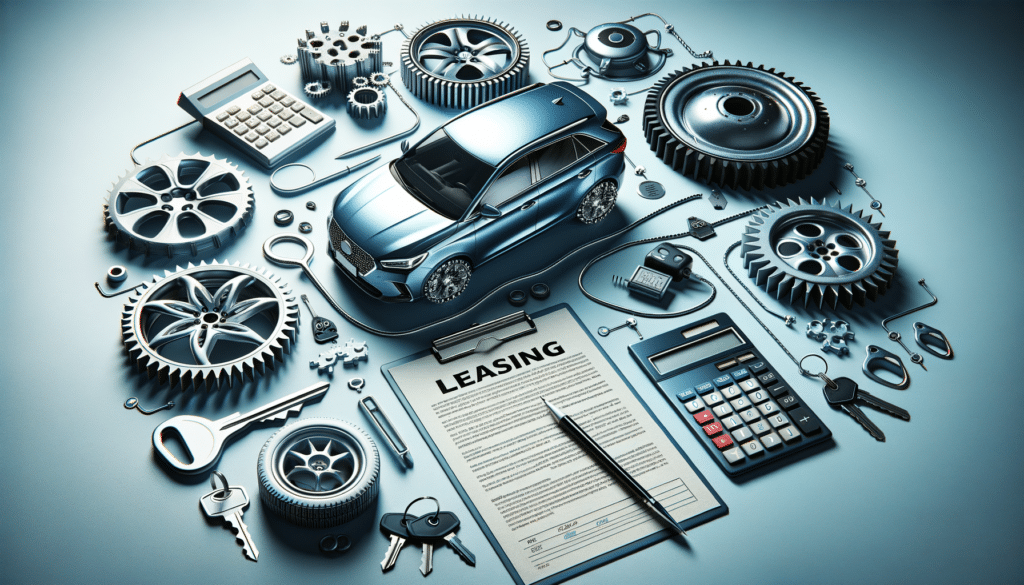Understanding Car Leasing: A Modern Approach to Driving
Car leasing has emerged as a popular alternative to traditional car ownership. Unlike purchasing a vehicle outright, leasing allows individuals to drive a new car for a set period, typically two to four years, with the option to return or purchase it at the end of the lease term. This approach is particularly appealing to those who enjoy driving the latest models without the long-term commitment of ownership.
One of the primary advantages of leasing is the lower monthly payments compared to financing a purchase. Since lessees are essentially paying for the car’s depreciation over the lease term rather than the entire vehicle, costs are generally reduced. Moreover, leasing often requires a smaller down payment, making it a more accessible option for many consumers.
Leasing also offers the benefit of driving a new vehicle every few years, which means access to the latest technology and safety features. This can be especially important for those who prioritize having the most up-to-date amenities in their vehicle. Additionally, maintenance costs can be lower, as most leased cars are under warranty for the duration of the lease.
The Financial Considerations of Car Leasing
While leasing can be financially advantageous, it’s essential to understand all associated costs and terms. One key consideration is the mileage limit. Most leases come with an annual mileage cap, typically between 10,000 to 15,000 miles. Exceeding this limit can result in additional fees, which can quickly add up if not managed carefully.
Another financial aspect to consider is the potential for wear and tear charges. Lease agreements often include stipulations regarding the vehicle’s condition upon return. Excessive wear and tear can lead to additional charges, so it’s crucial to maintain the car in good condition throughout the lease term.
When budgeting for a lease, it’s also important to factor in the cost of insurance, which can be higher for leased vehicles. Comprehensive and collision coverage is typically required, adding to the overall cost of leasing.
Comparing Leasing with Buying: Which is Right for You?
Deciding between leasing and buying a car depends on individual needs and preferences. Leasing is often more suitable for those who enjoy driving a new car every few years and prefer lower monthly payments. However, buying might be a better option for those who plan to keep their vehicle for a long time and want to build equity in their car.
When purchasing a car, owners have the freedom to drive as much as they want without worrying about mileage limits. They also have the option to sell or trade in the vehicle at any time. On the other hand, leasing provides the flexibility of not having to deal with the depreciation of the car’s value over time.
It’s essential to weigh these factors carefully and consider one’s driving habits, financial situation, and long-term plans before making a decision.
Environmental Impact: Leasing and Sustainability
Car leasing can also have environmental implications. Since lessees typically drive newer vehicles, these cars often come with improved fuel efficiency and reduced emissions compared to older models. This can contribute to a smaller carbon footprint, aligning with the increasing consumer demand for environmentally friendly options.
However, it’s important to consider the lifecycle of a leased vehicle. While the initial lessee may enjoy the benefits of a more efficient car, the vehicle’s environmental impact continues after the lease term ends. Therefore, consumers interested in sustainability may also want to consider hybrid or electric vehicles, which are becoming more available in leasing options.
Leasing can be a step towards reducing personal environmental impact, especially when choosing vehicles with lower emissions and better fuel economy.
Conclusion: Making an Informed Decision
Car leasing offers a flexible and often more affordable way to drive a new vehicle without the commitment of ownership. By understanding the financial implications, comparing leasing with buying, and considering environmental impacts, consumers can make informed decisions that best suit their lifestyle and values.
Whether opting for a lease or a purchase, the key is to thoroughly research and evaluate all options to ensure that the choice aligns with one’s personal and financial goals.





